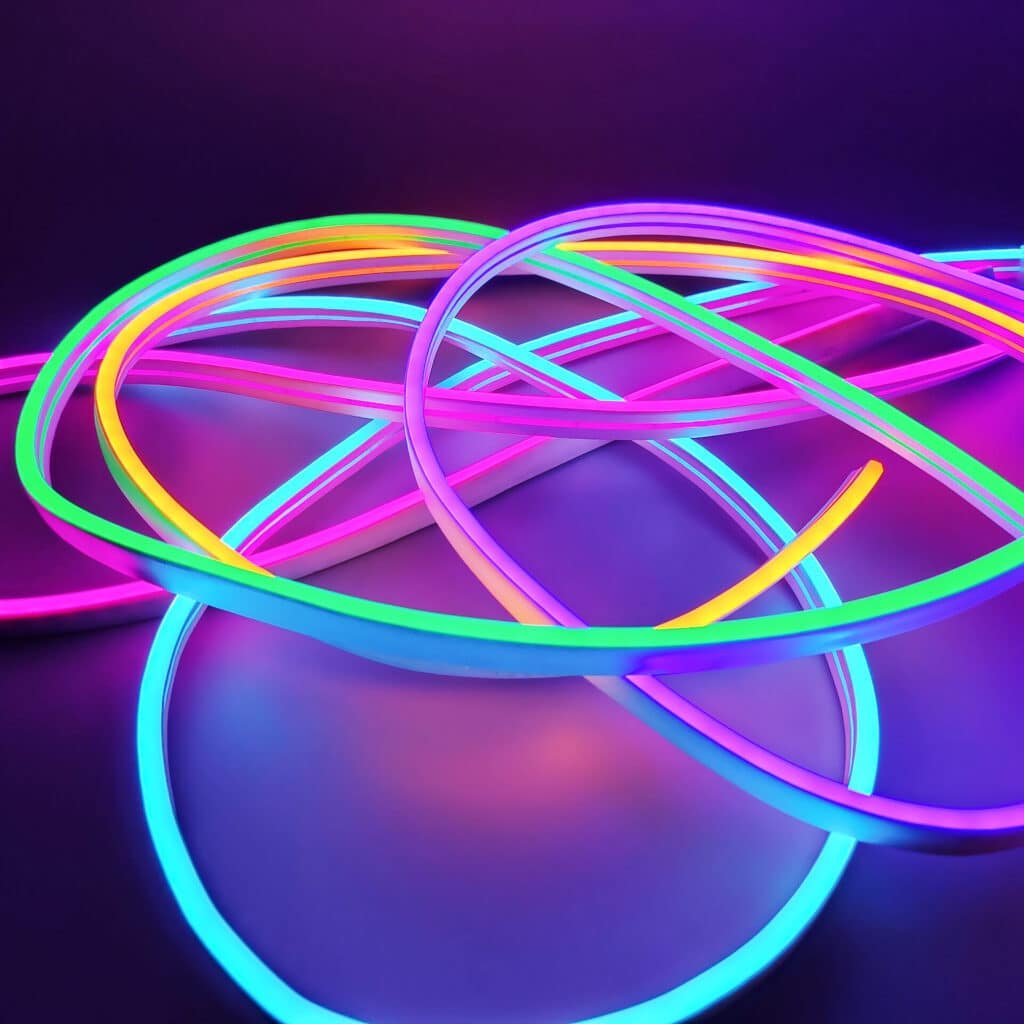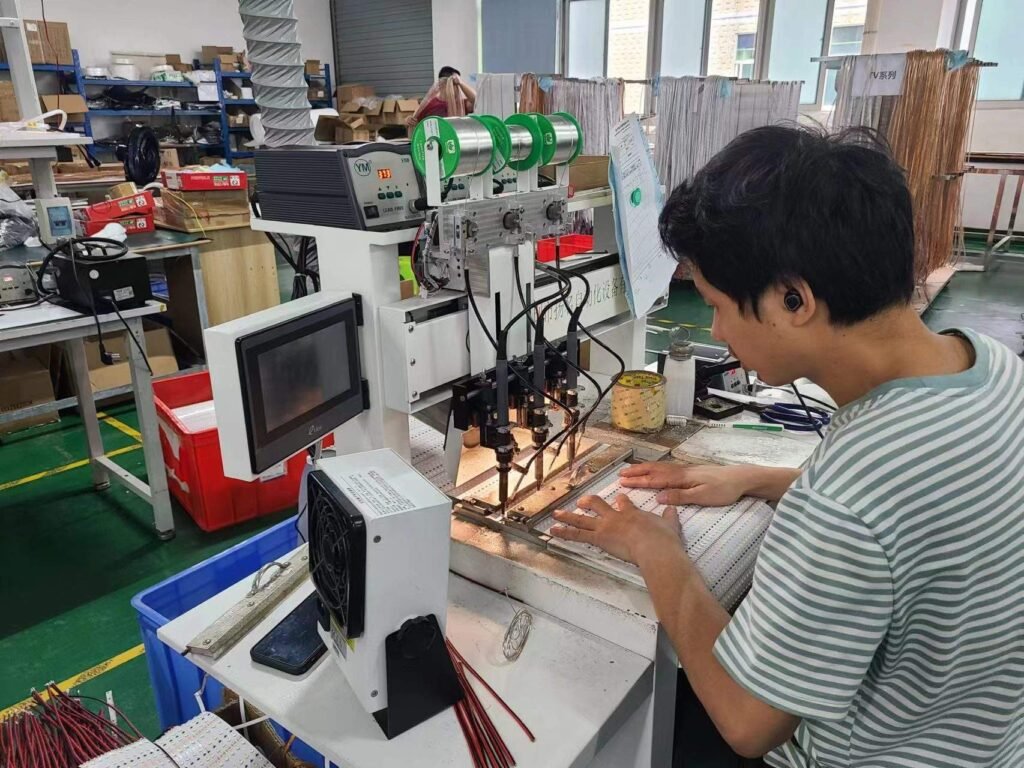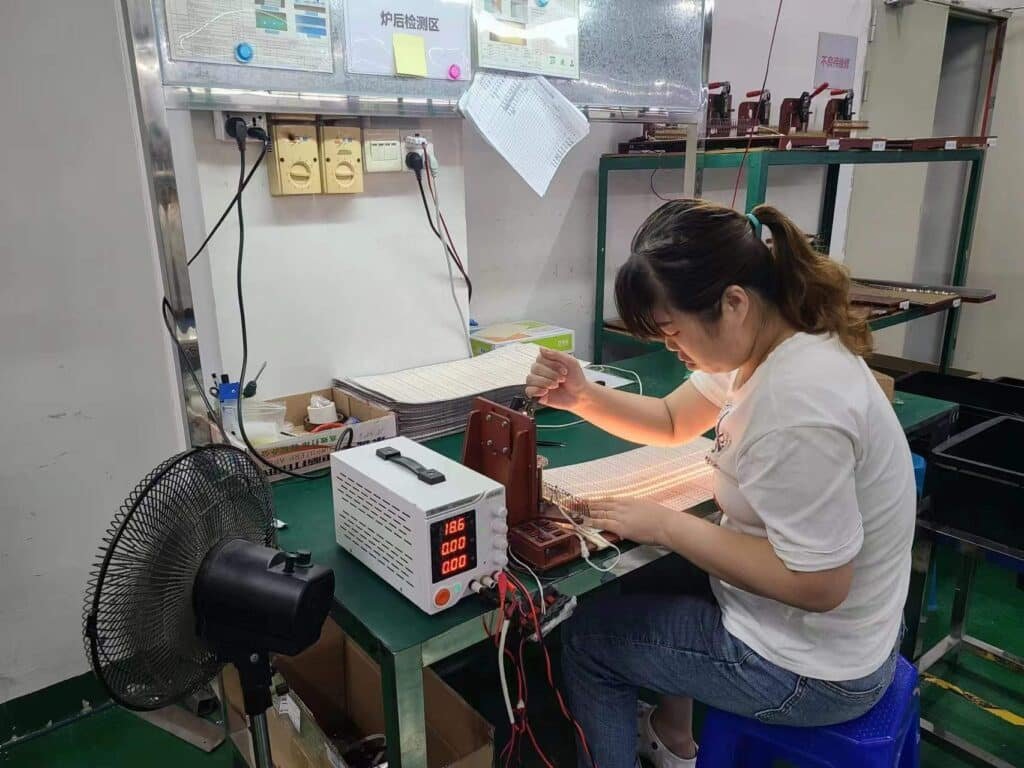Introduction:
LED strip lights have become an indispensable component of modern lighting solutions in today’s fast-paced world, thanks to their energy efficiency and versatility. Used everywhere from residential to commercial settings, their quality relies heavily on manufacturer support – both technical and customer. In this blog post we will examine why technical support matters in LED strip light manufacturing industries as it contributes to customer satisfaction and overall product success.
1. Expertise and Guidance:
Technical support plays an integral part in providing customers with assistance for any queries or issues regarding LED strip lights. A reputable manufacturer understands their products’ complexity, offering expert guidance to make sure customers select an LED strip light suitable for their individual needs; whether that means selecting appropriate strip length, color temperature or voltage specifications a manufacturer’s technical support team can offer insightful recommendations and insight.
2. Troubleshooting and Problem Resolution:
LED strip lights, like any electronic device, may experience occasional problems. From malfunctioning strips and connectivity issues to compatibility concerns and compatibility problems, technical support is essential in effectively troubleshooting and resolving these issues effectively. A reliable manufacturer with dedicated technical support can guide customers through diagnosing and rectifying issues quickly to minimize downtime while guaranteeing the smooth running of LED strip lights.
3. Customization and Integration:
LED strip light manufacturers provide customizable solutions and integration into other systems, making technical support from manufacturers essential. Companies offering exceptional technical support can collaborate with their customers to design tailored LED strip light solutions that seamlessly fit into various projects.
4. Warranty and Product Support:
Warranty and product support are two essential components of technical assistance in LED strip light production. Manufacturers that offer robust technical support often back their products with comprehensive warranties to give customers peace of mind in case any manufacturing defects arise or performance issues surface; additionally, prompt and responsive product support ensure that any issues can be quickly addressed quickly, furthering customer experience and satisfaction.
5. Continuous Enhancements and Upgrades:
LED strip light technology continues to advance rapidly. To keep up, manufacturers offer technical support that goes far beyond initial product purchase; updates and upgrades from them also become part of this support offering. Businesses that place a high value on technical support invest heavily in research and development to continuously upgrade their offerings while giving their customers information about new features, improvements, upgrades, etc. so they stay abreast of technological advancements in this space.
6.Common Issues with LED Strip Lights
LED strip lights may present some common problems. Here are a few strategies on how to address them:
1. LEDs Aren’t Lighting Up
If your LEDs aren’t lighting up as expected, check that they are receiving power first. If they are, it could be related to either their controller or dimmer; try resetting both items if that fails; otherwise consider replacing one entirely.
2. LEDs Flickering or Dimming Unevenly
If your LEDs are flickering or dimming unevenly, this could be caused by an improper connection or loose wire. Check all connections to ensure they are tight; if that fails to resolve the problem then try replacing damaged wire or connector.
3. Trouble With Color-Changing LEDs
If your color-changing LEDs are malfunctioning, first check that their controller is compatible with the type of strip LED you have. If they are, then perhaps there’s an issue with either your remote control or receiver; try resetting both as possible – if that fails then consider purchasing replacements.
7.Troubleshooting Steps for Common Issues
If your LED strip lights are giving you trouble, there are a few steps you can take to troubleshoot and potentially resolve them.
1. Verify that the power supply is properly connected and that the correct voltage is being delivered to the strips.
2. Verify that the controller is securely attached, with its appropriate mode selected.
3. Before using, double check that all strips are securely in place with no loose connections or lose connections.
4. It is always wise to test the strips with another controller or power supply so as to identify any hardware-related issues and establish any potential hardware-based issues with them.
5. If possible, reset the controller or power supply as applicable.
6. Make sure that any firmware updates for your controller or power supply have been applied if applicable.
7. If all else fails, contact customer support for assistance.
8.How to Solve Power Supply Issues:
If your LED strip lights are experiencing issues, they could be caused by issues with their power supply. Here we will show how to resolve such issues so your lights continue to work correctly.
Initial checks should include verifying that the power supply is properly connected and powered up, with any outlet capable of receiving power being adequately represented by its plugged-in power source. If one outlet doesn’t receive any power but another does, try plugging the supply into different outlets; or if an outlet does have power but your supply is unplugged from it altogether – or vice versa!
Once done, check that the power source is switched on; if not, move the switch into ON position.
If your LED strip lights still need repair, it could be that their power supply is inadequate. To test this theory, attach a voltmeter to both terminals of your power supply and check its voltage; it should fall between 12V and 24V; if it falls lower than 12V increase it by adding more batteries or switching out for one that provides higher voltage AC adapter; if higher than 24V reduce it by taking steps such as taking out batteries from your battery pack or switching for one with lower voltage AC adapter.
If you still are experiencing issues after following these steps, please reach out to our technical support team for additional help.
Whenever an LED strip light fails to perform as intended, troubleshooting may require several steps. First and foremost, ensure the power supply and strips are both functioning as intended; if one of them doesn’t, replacing may be necessary; otherwise try reconnecting them.
f the power supply and strips are functioning correctly but lights still aren’t coming on, it may be an issue with the controller. Try either resetting it or replacing it.
If none of the solutions above work, technical support may provide additional assistance.
9.How to Handle Installation and Connection Issues
If you’re having difficulties installing or connecting your LED strip lights, don’t despair – we are here to assist! In this section we’ll walk through some common installation and connection issues and how you can resolve them.
Let’s start with installation. If your LED strip lights are having difficulty sticking or staying put, make sure that the adhesive you are using matches your surface type (for instance if installing on walls use an adhesive designed specifically for walls).
If your LED strip lights are flickering or failing to stay illuminated, there may be an unsecured connection somewhere. Check each connection between power source and strip; ensure each is tight and secure before connecting them to a different power source if there are still problems.
If your LED strip lights are dimming or changing color unexpectedly, it may be due to issues with their controller box. First ensure all connections between it and its source of power are tight and secure before reviewing all settings on it to make sure everything is set appropriately. If this still isn’t solving it for you try resetting its factory default settings;
10.Other Considerations and Advices for Buyers of Residential Properties
Check that the power supply is providing the correct voltage; connect and secure LED strip light properly; make sure controller works as intended and is compatible with LED strip light; ensure LED strip light works with controller.
Check that the dimmer or switch is compatible with your LED strip light; ensure there are no damaged or defective LEDs; test with another power supply, controller or dimmer; check for loose connections or damaged wires
-Ensure the environment surrounding LED strip lights is not excessively hot, humid or dusty.
Conclusion:
Technical support is an integral component of LED strip light manufacturing industry, providing customers with expert guidance, troubleshooting assistance, customization options, warranty coverage and continuous product improvements. By prioritizing technical support services providers can demonstrate their dedication to customer satisfaction while assuring long-term success of their LED solutions for residential, commercial and industrial uses alike. Choosing a manufacturer with strong technical support capabilities is essential to ensure a smooth lighting experience and achieving lasting success of their solutions.






